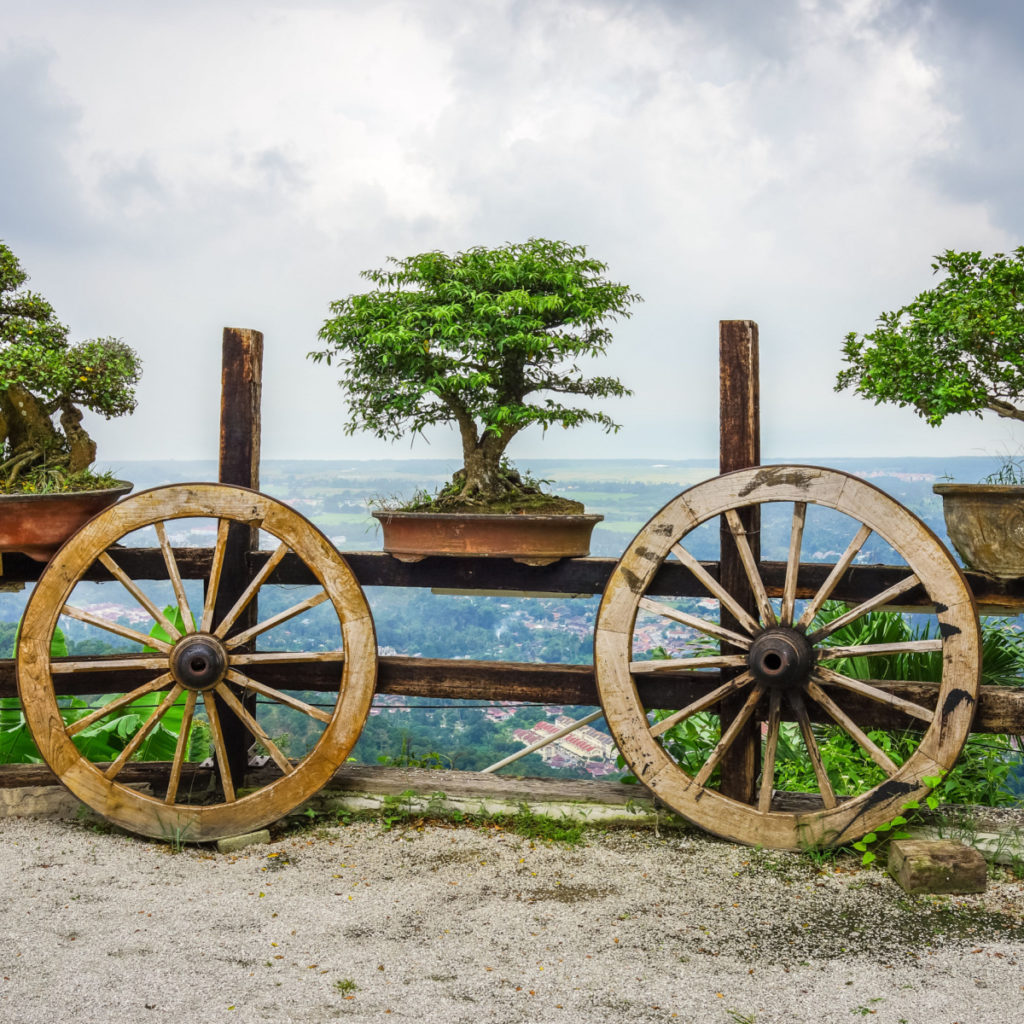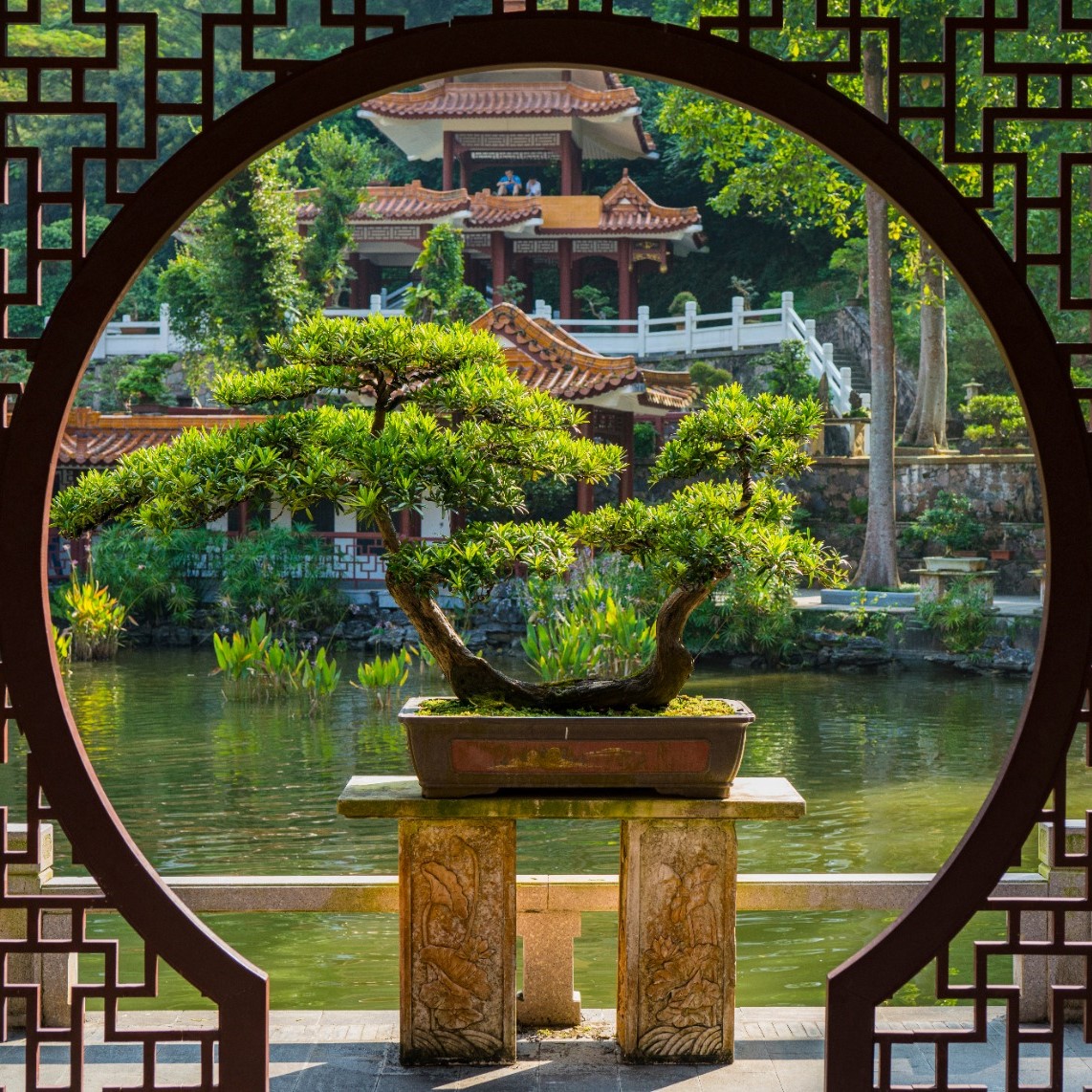Bonsai is a tree, have you ever seen a tree being born and growing in a house? I haven't, let's learn how to grow Bonsai trees outside, with proper care.
So, let's start at the beginning, from the beginning: the Bonsai tree is a tree, and as a tree, its best location is outdoors, in the open air. Not all Bonsai trees are suited to the climate you find outside your door; in one geographical area there may be more humidity, in another the air may be drier, or the temperature may be higher than in another.
Each location has its own microclimate, as does each area of our garden or terrace, but here we can easily intervene by identifying the optimal area for our mini tree and move it with a deft move.
The crux of this discussion, brought back to the world of Bonsai, is precisely that there are Bonsai trees that are suitable for your local climate and others that you can only dream about or look at in photos. If you live in an area with a Mediterranean climate, you can grow many plants outside that detest the cold, perhaps taking the precaution of protecting them from excessive heat or frost during winter periods.Olive trees for example,Chinese elm or privet are suitable for a Mediterranean climate.
Japanese maple or trident can do well in the same case, but only if the winter is severe enough to allow it a rest period. If you are at high altitude, consider going for a prunus or apple tree, which generally need cooler weather.
The secret to getting a beautiful Bonsai is to grow a species that is suitable for the temperatures of the geographical area you are in and to start with a high quality plant. For the more fortunate or dedicated to this passion, who have the ability to have a greenhouse, it is a separate matter, as they are able to control atmospheric temperature and thus are allowed to grow species foreign to their geographical area.
In addition to geographic area, take into consideration the climatic conditions of your garden or terrace when choosing a bonsai tree. If it is exposed to the sun for most of the day, you will be able to choose from many species, however, you may need a shade net for more delicate plants especially if there are cemented or paved materials around the Bonsai that absorb and give off heat. If it is very windy, you will need more water than normal as it will dry out faster, definitely a pro against pest and fungal attacks as they have a harder time gaining a foothold.
Light should never be lacking for at least a couple of hours during the day, especially if they are coniferous Bonsai trees.
On the hottest and driest days, take care to use a saucer filled with water to increase the humidity of the microclimate in which the plant lies, mist the foliage and wet the floors around it.
Do not water at specific times, but when you notice they need it, even several times a day or even once in several days.
Outdoor Bonsai trees can withstand even very high temperature ranges if they are well cared for. It is important to provide frost protection in winter and also in spring, during the plant's vegetative recovery, on nights when night frosts may occur.
An important role in thermoregulating the temperatures to which the Bonsai tree is subjected is played by the pot in which the plant and its root are contained. A good ceramic Bonsai pot is an excellent shield against frost or too much heat, so don't underestimate the choice of pot for your mini tree, take a look at our pots!

One small exception refutes the statement with which we began, not so much that Bonsai is a tree, because there giam never any doubt about that, but rather that Bonsai do well outdoors. In fact, tropical or subtropical species are able to survive indoors, where temperatures are more or less stable throughout the year.
If you have no way to display Bonsai outside, because you don't own a yard or terrace, and you have a desire to get into the art of bonsai, consider getting a ficus, schefflera arboricola or sageretia: plants that tolerate low humidity and are more or less hardy.
